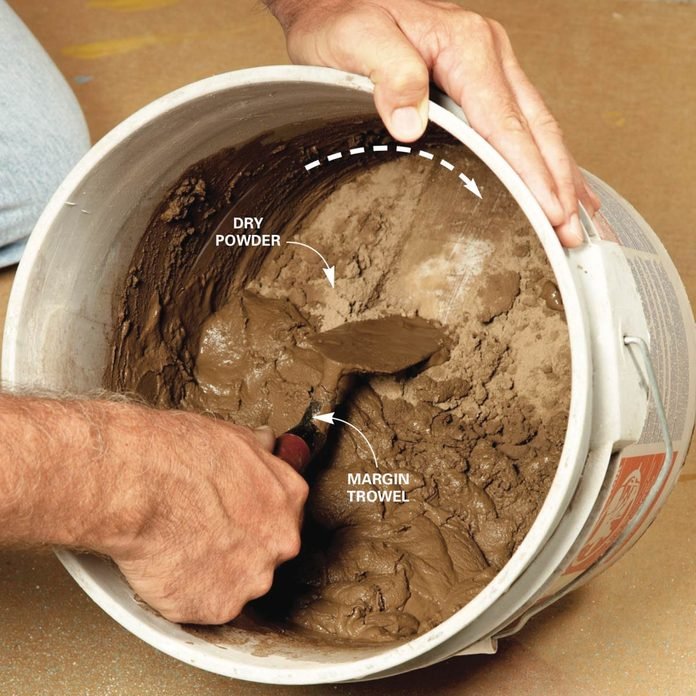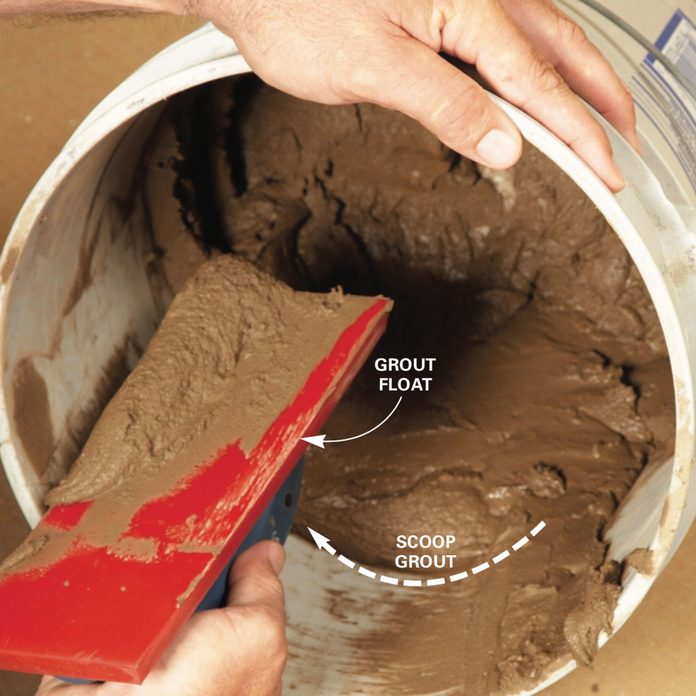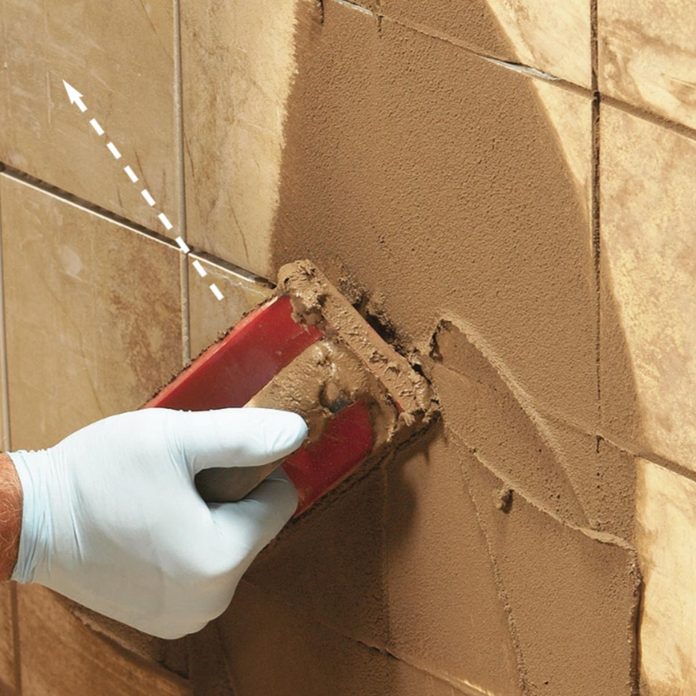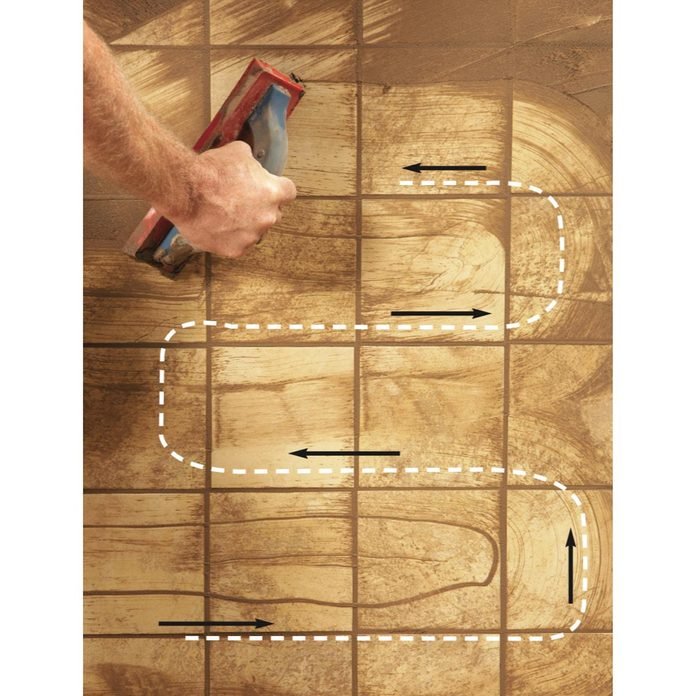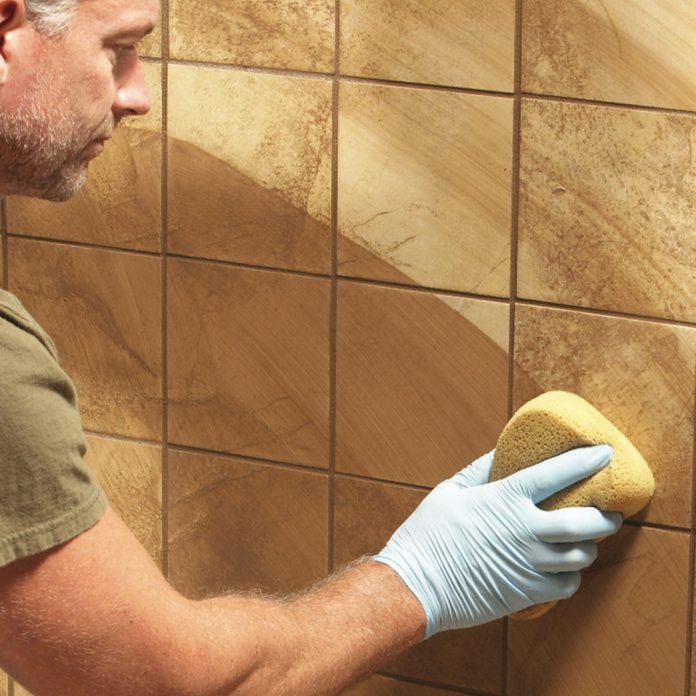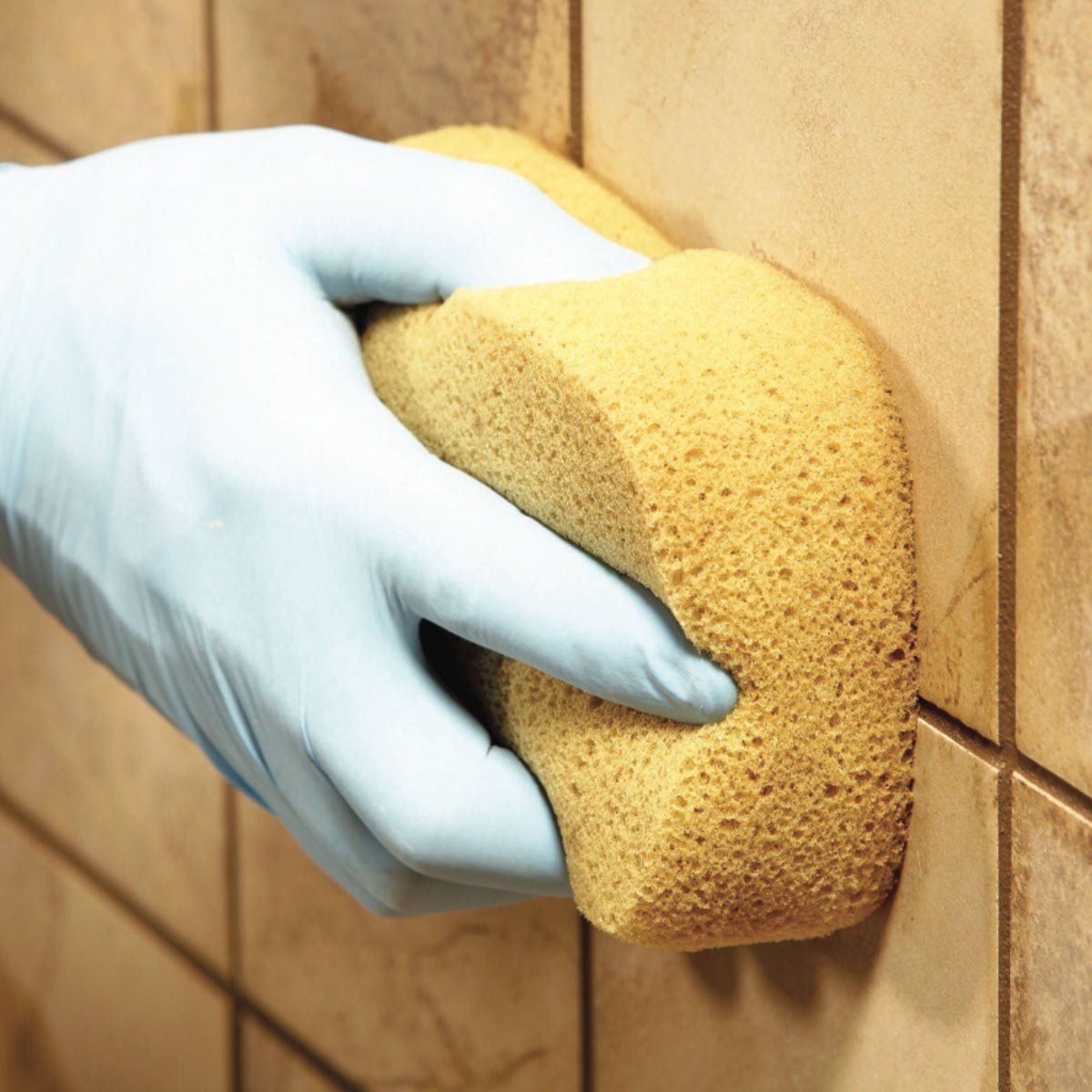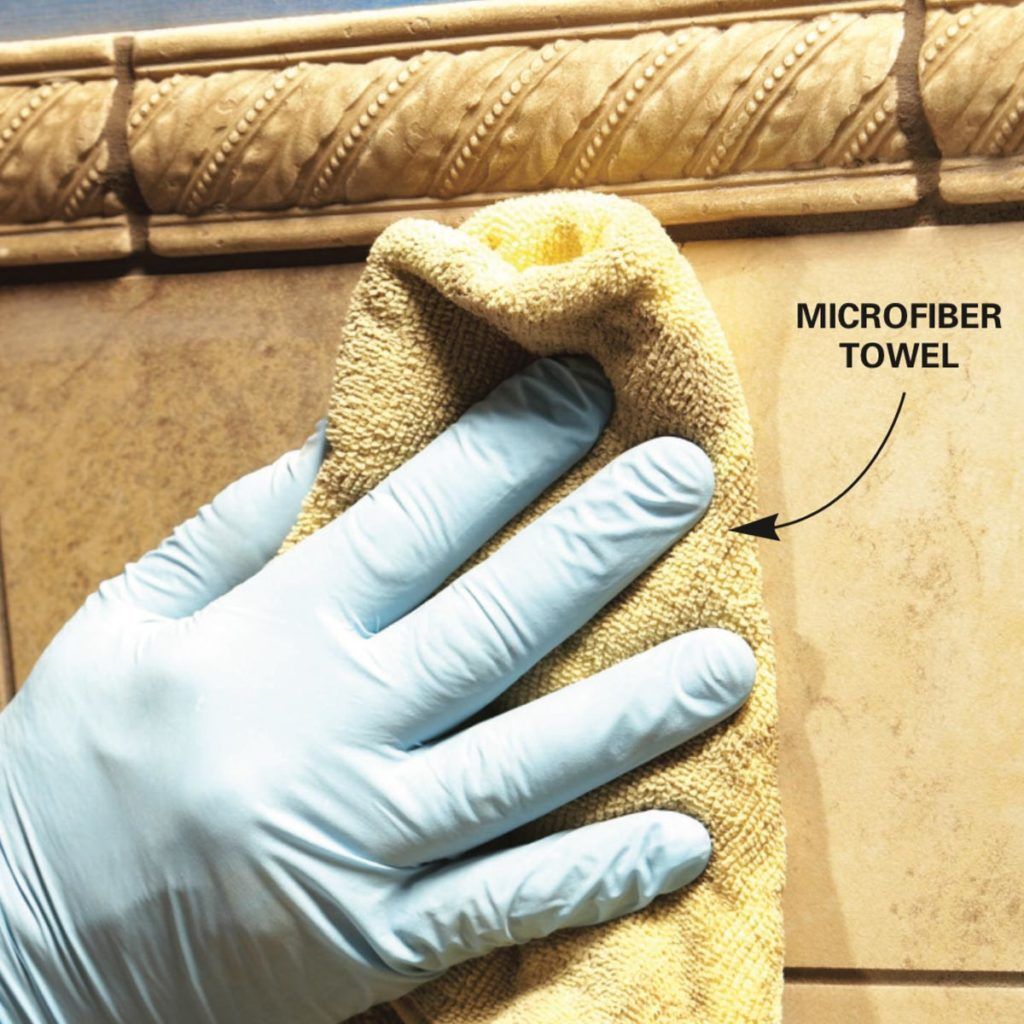All about grout

To paraphrase Rodney Dangerfield, grout gets no respect. Grout can ruin an otherwise great tile job. And yet how to grout tile and proper grouting technique are often treated as an afterthought, like the final few half-hearted steps of a tired runner stumbling over the finish line. Grout deserves better. Your tile deserves better.
The keys to a professional-quality grout job aren’t secrets shrouded in mystery. On these pages, we’ll show you some tips and techniques on how to grout tile so your job goes more smoothly and give your tile a professional-grade finished look.
Tools Required
Bucket
Caulk gun
Grout float
Margin trowel
Microfibre towel
Putty knife
Shop vacuum
Tiling sponge
Utility knife
Materials Required
Caulk
Grout
Masking tape
Sanded vs unsanded grout
Sanded grout is stronger than unsanded grout and resists shrinkage and cracking better. As a rule of thumb, sanded grout should be used in joints larger than 3mm. Realistically, as long as you can force the grout into the joint, use sanded grout. But on soft stone tiles like polished limestone or marble, use only unsanded grout or you’ll scratch the surface.
Prep work: Clean the joints
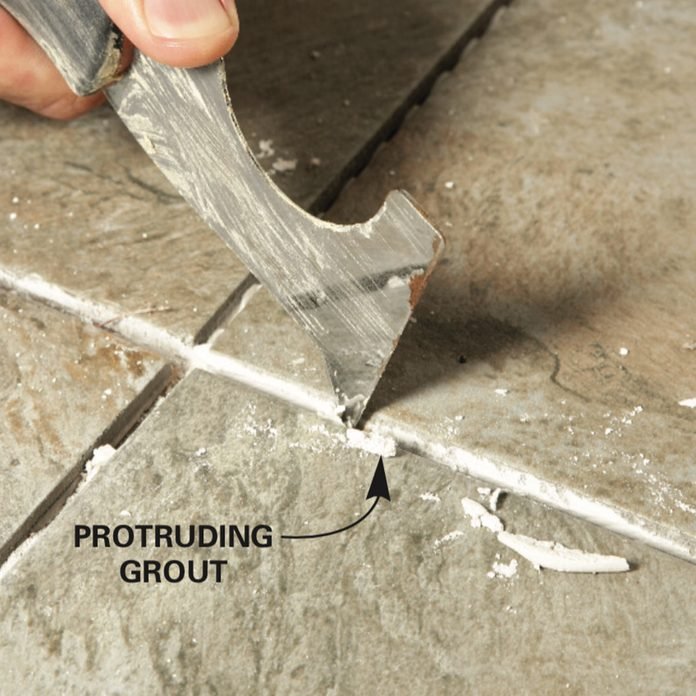
Start by vacuuming out all that renovation dust, debris and any chips of dried thin-set from grout joints. If there are high spots where thin-set has oozed out and dried, use a sturdy-edged tool to scrape it out. Don’t scrape too hard or you may chip the tile glazing on your tile project. Then vacuum everything again, including the tile surfaces. The last thing you want is to push all that muck back into the joint as you are floating your grout in.
Tape off the tile before grouting
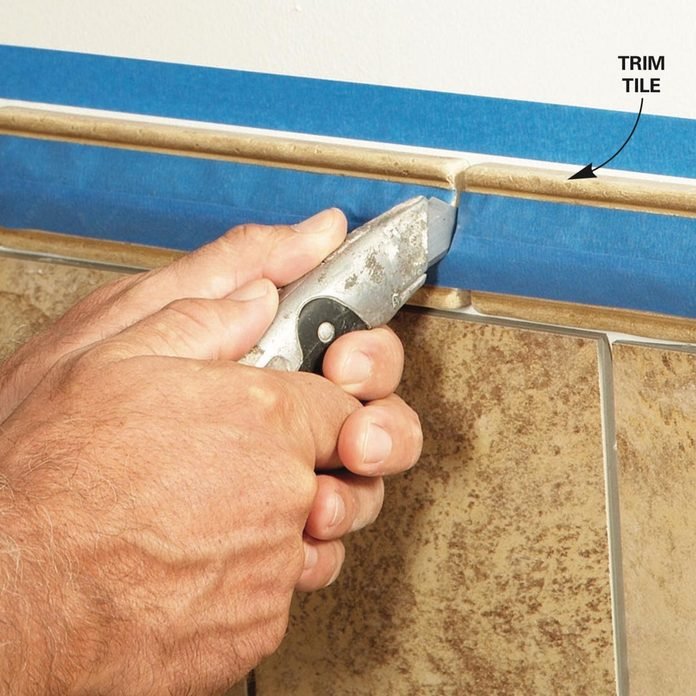
For easier clean-up, tape off painted walls to protect them from grout. Also tape off trim or inset tiles that feature imprinted patterns with crevices.


